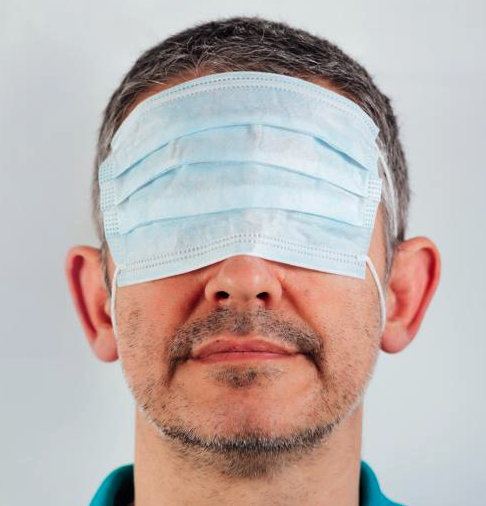
COVID has caused two pandemics. The first infects our bodies. The second corrupts our minds. A respiratory virus caused the first; a mental virus the second.
We can beat the first pandemic with reason, science, and experimentation.
People will need comfort with ambiguity, uncertainty, and changing information. But it is not impossible to beat. We must embrace the exploratory nature of trial, error, and experiment.
The second pandemic cannot be beaten in the same way. It must be abandoned. We can inoculate against the nonsense caused by fear, but it will require hard work to learn things long ignored. Although fear caused the second pandemic, the disease itself manifests as political nonsense.
Mask Intolerance
What can we do about COVID19? We swab, social distance, and hand wash. But we have no treatment. Our entire plan rests on preventing transmission while we wait for a vaccine.
Masks seem a reasonable way to block a respiratory virus. But not everyone agrees. Despite public recommendations, some simply refuse to wear a mask.
This exasperates politicians and those working on the front lines of care. Even if we do not have perfect evidence, masks seem the neighbourly thing to do. Maybe we have no choice but to force people to wear them?
Mask Laws: Necessary or Nonsense?
Mask laws are not the same as masks. While obvious to most, some find this nuance strange, almost mischievous. They attack anyone who doubts the wisdom of mask laws, by flinging out evidence in support of masks. Even if we knew that masks worked perfectly (which we do not), we would still need to debate whether we should pass a law about them.
Some insist masks are the same as seatbelts. Seatbelt laws save lives. But aside from both being things that people wear, seatbelts and mask are entirely different.
Seatbelts protect drivers and passengers, not the pedestrians they run over. The causal connection between exposure and outcome for seatbelts is clear for those riding in the car. Continue reading “Mask Laws: Necessary or Nonsense?”


